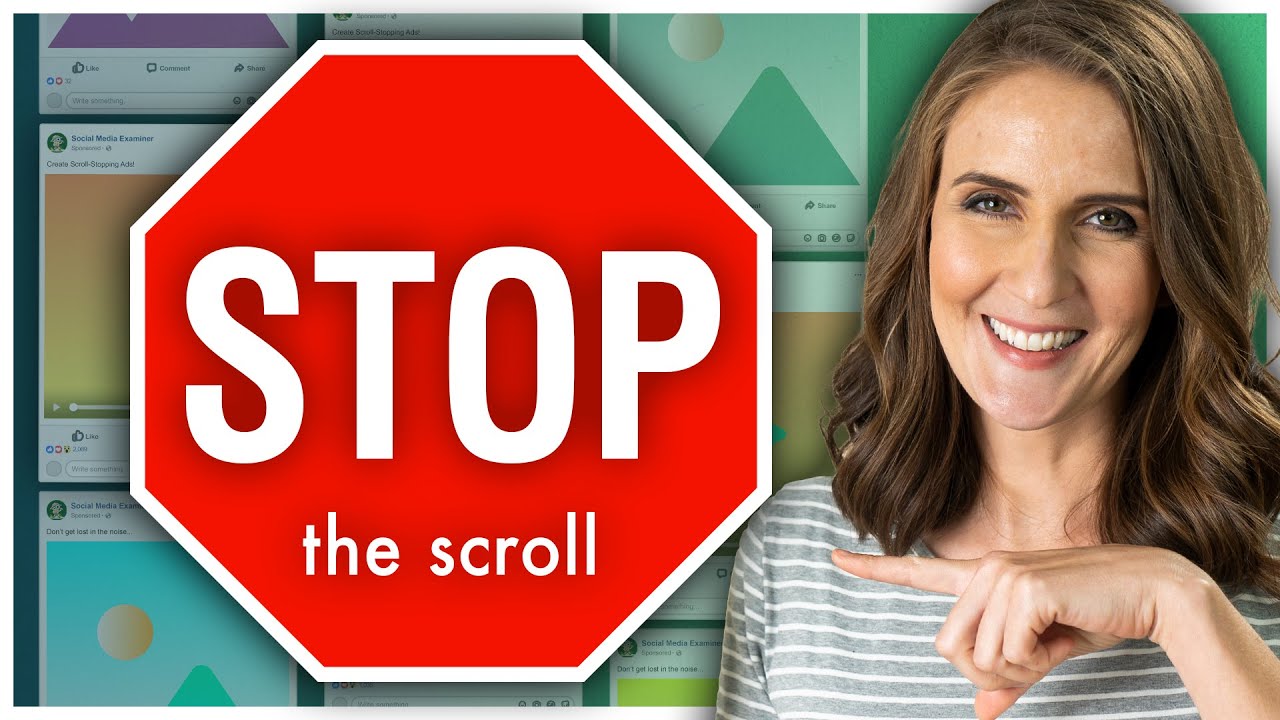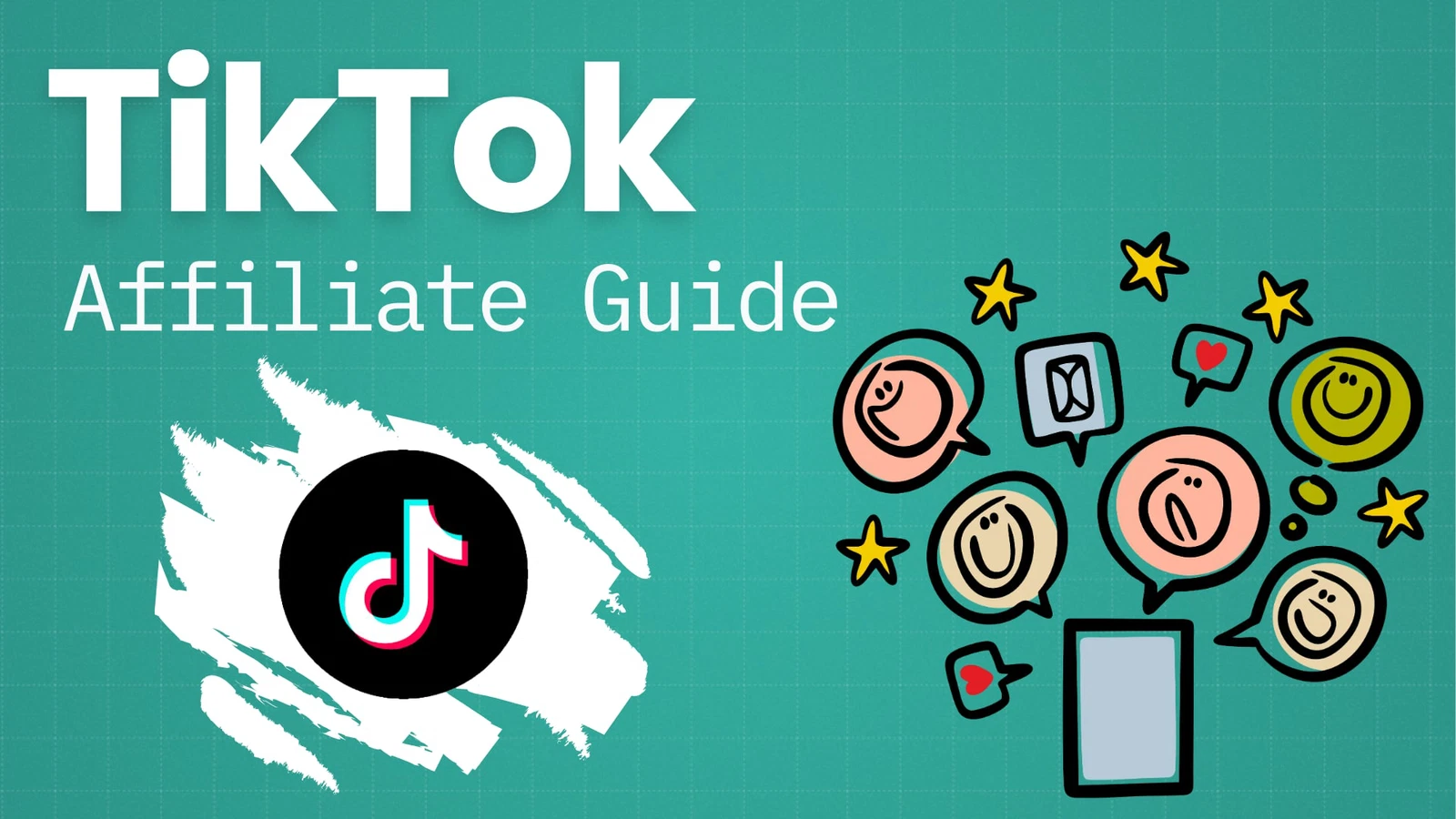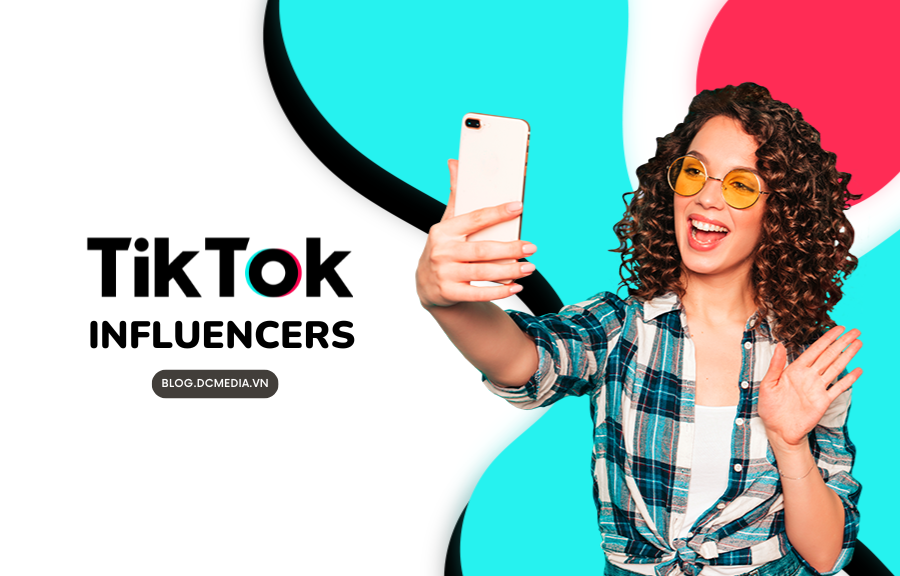How to Make Scroll-Stopping Ads: The Ultimate Guide
In today’s attention economy, the average consumer scrolls through hundreds of posts every day. That means you only have 1 to 3 seconds to grab someone’s attention before they keep on scrolling. Enter: scroll-stopping ads. These are ads specifically designed to interrupt that scroll and force the viewer to pay attention. In this guide, we’ll break down the psychology, structure, and tactics behind creating scroll-stopping ads that convert.
What is a Scroll-Stopping Ad?
A scroll-stopping ad is a digital advertisement crafted to immediately catch the viewer’s attention and make them pause while scrolling through social media feeds. It combines visual disruption, psychological triggers, and concise messaging to drive engagement and action.
Whether you’re running ads on TikTok, Instagram Reels, YouTube Shorts, or Facebook, these principles apply across all platforms.
Why Scroll-Stopping Ads Matter
In an oversaturated digital world, attention is scarce. Here’s why scroll-stopping ads are critical:
- Faster Hook = Better ROI: The quicker your ad grabs attention, the more effective your ad spend.
- Better Engagement Metrics: Scroll-stopping ads increase CTR (Click-Through Rate), watch time, and conversions.
- Brand Recall: Even if viewers don’t convert immediately, a memorable ad improves brand awareness.
The Science Behind Attention
To create a scroll-stopping ad, you need to understand how people process information.
- Pattern Disruption: Our brains love patterns. When something breaks a pattern, we pause and pay attention. That’s the basis of scroll-stopping content.
- Emotion Triggers: Humor, fear, curiosity, or surprise activate emotional centers of the brain.
- Mirror Neurons: Showing people in motion or with strong emotions creates empathy and engagement.
- Visual Dominance: Humans process visuals 60,000x faster than text. Lead with a compelling image or video frame.
7 Key Elements of a Scroll-Stopping Ad
1. The First 3 Seconds Are Everything
Whether it’s TikTok or Facebook, you only get a few seconds before your audience skips. Your hook needs to deliver a punch.
Examples:
- “STOP scrolling if you want to save $500 this month.”
- “She made $10,000 in 30 days with this side hustle.”
Use shock, humor, or value-packed language right away.
2. Bold Visuals That Break the Feed
Design your ad to look different from typical posts. Think:
- Fast jump cuts
- High contrast colors
- Unexpected props or costumes
- Movement or hand gestures in the first second
Pro tip: Test ads that look native (like regular user-generated content) versus polished ones. Both can work depending on your audience.
3. Clear, Concise Messaging
Scroll-stopping doesn’t mean stuffing the ad with information. Be punchy.
Structure your message like:
- Hook: Get attention
- Problem: Relate to the audience
- Solution: Show the product or idea
- CTA: Tell them what to do next
Avoid jargon and long intros. Simplicity wins.
4. Emotionally Charged Content
Emotion drives action. Use storytelling, testimonials, or reaction-based content to evoke:
- Joy
- Surprise
- Fear of missing out (FOMO)
- Curiosity
- Empathy
Example: A tear-jerking pet rescue ad or a hilarious prank can outperform a “product showcase” ad.
5. Use Captions and On-Screen Text
Most people scroll with the sound off. Subtitles and bold on-screen text make sure your message still gets across.
Use large fonts, animations, or dynamic text that reinforces your spoken message.
6. User-Generated Content (UGC) Style
UGC doesn’t just feel authentic—it is authentic. People are more likely to trust other people than brands.
Try:
- Testimonials from real customers
- Influencers reviewing your product
- “TikTok made me buy it” style videos
Pro tip: UGC that starts with “I didn’t believe this worked until I tried it” is a great hook.
7. End With a Strong CTA
You’ve stopped the scroll, delivered the message—now what?
Tell them clearly:
- “Click the link to get yours.”
- “Use code SAVE10 at checkout.”
- “Book your free trial now.”
Use urgency (“limited time”), exclusivity (“only for our followers”), or simplicity (“takes 30 seconds”) to nudge action.
Bonus Tips for Scroll-Stopping Ads
A/B Test Everything
No one knows what will work until it’s tested. Try different:
- Hooks
- Visual styles
- Lengths (6s, 15s, 30s)
- Audiences
Use Trending Audio (Especially on TikTok & Reels)
Pair your ad with viral audio or sound effects. But make sure it’s relevant to your content.
Add Subtle Branding Early
Introduce your logo, brand colors, or product packaging in the first few seconds—but don’t make it feel like a traditional ad.
Use the “3-Act Structure”
Even short-form ads benefit from structure:
- The Hook: Capture attention
- The Value: Show the transformation or benefit
- The Action: Tell them what to do
Scroll-Stopping Ad Examples
| Platform | Format | Example |
|---|---|---|
| TikTok | UGC | “Watch me use this acne patch overnight – it’s wild.” |
| Reels | “This is how I save $300 a month using one app.” | |
| Carousel | “Slide 1: Are you overspending on groceries?” | |
| YouTube Shorts | Direct-to-camera | “Here’s the #1 mistake people make when investing.” |
Tools to Create Scroll-Stopping Ads
- CapCut (for TikTok-style editing)
- Canva (quick graphics and templates)
- Adobe Premiere Rush (mobile editing)
- InShot (for UGC-style edits)
- Pexels/Unsplash (stock visuals)
Final Thoughts
The key to a scroll-stopping ad is intentional disruption. You need to interrupt the viewer’s autopilot mode with something visually or emotionally engaging. Then, deliver your value quickly, clearly, and with purpose.
Remember, the goal is not to just stop the scroll—it’s to drive action after you’ve caught the attention. So make every second count.




